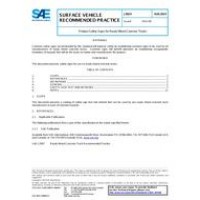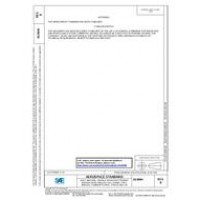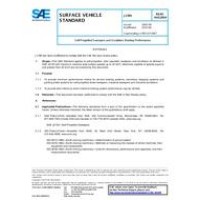Headlamps should illuminate the traffic scene ahead of the vehicle in such a way that the driver can operate the vehicle safely and in a relaxed manner. At the same time, negative effects on drivers of other vehicles, pedestrians and other people should be minimized. Various technical parameters such as beam pattern, mounting height, headlamp aiming, and source spectrum can be tuned to find the necessary compromise. The physiology of the vision system under specific night time conditions strongly influences these factors and how headlamps can be best optimized for visibility and comfort. The SAE Improved Roadway Illumination task force collected and reviewed relevant research on these topics. This document is a comprehensive summary of this information. The goal is to enable lighting experts, advocacy groups, and non-experts (journalists, consumer organizations, car drivers) to better understand the benefits and tradeoffs of improved roadway lighting with modern headlamp technology. It should be noted that all studies can not be included in this report, but the intent of this document is to provide the reader with a representative sample of the existing research as a starting point. Further, this document can be updated in the future to reflect new research findings.
 PDF
PDF
All of our standards document are available in PDF (Portable Document Format), an electronic, downloadable format.You will be able to download the file in your account downloads.
 Multi-User Access
Multi-User Access
After purchasing, you have the ability to assign each license to a specific user.
 Printable
Printable
At any time, you are permitted to make printed copies for your and your members' reference use.
 PDF
PDF
 Multi-User Access
Multi-User Access
 Printable
Printable





